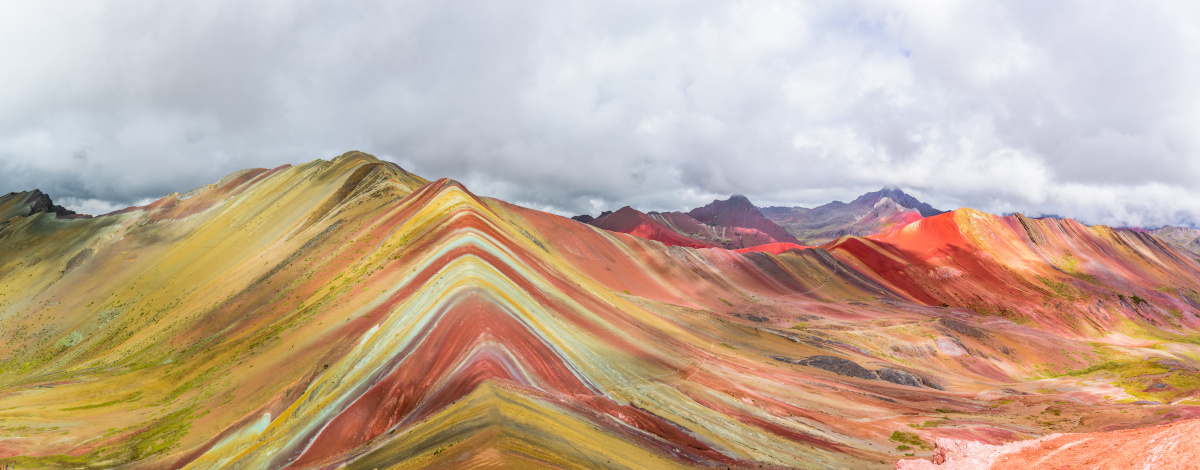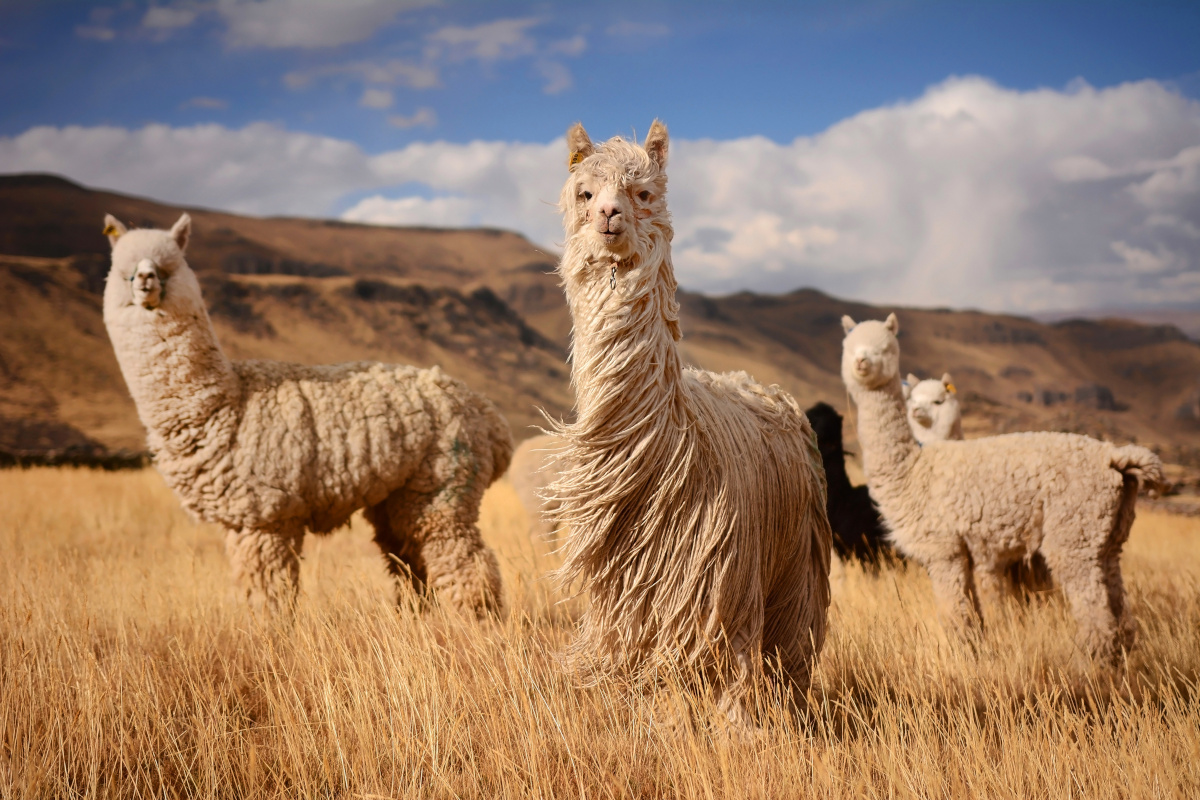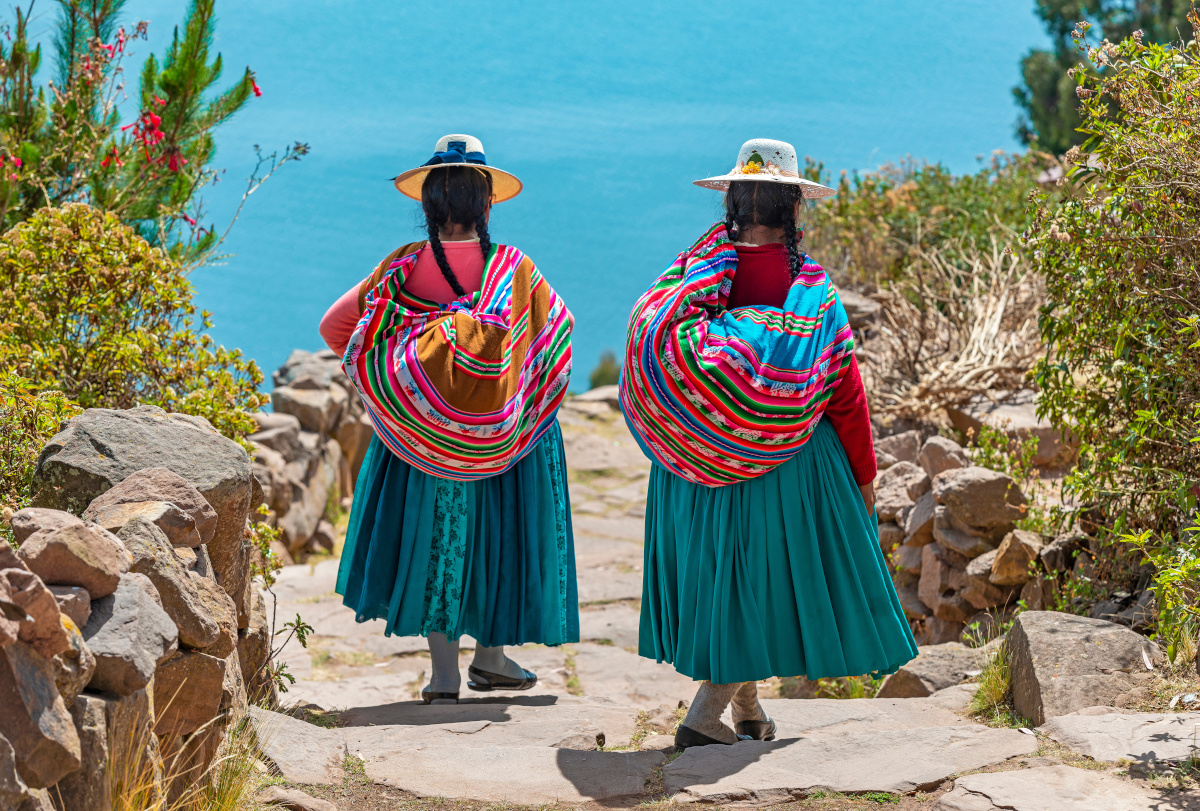
Health & Safety When Traveling to Peru
Stay safe and healthy on your Peru trip with Redpoint insurance
Peru boasts an incredible amount of adventure, from trekking Machu Picchu and the Inca Trail to boating on Lake Titicaca. But it’s also a destination that can surprise travelers with its unique culture and rich history, not to mention the diverse cultural influences of its cities — a result of Spanish and Native traditions.
But whether you're focusing on culture immersion in the capital city of Lima or adventure-seeking further afield, a journey to this South American nation doesn't come without some safety risks and health concerns.
That’s why travel insurance for Peru is essential, particularly if you're visiting rural, high-altitude areas. Sickness can be common at high altitudes, and any serious injuries in remote locales may require emergency medical evacuation, so be sure you select a plan that includes emergency evacuation and medical coverage, in addition to the standard elements of a travel insurance policy, such as baggage loss and trip cancellation and disruption.

Medical, Health & Safety in Peru
Once you’re properly insured, it’s time to start preparing for your trip. Here are some of the top Peru travel health and safety concerns to keep in mind as you plan.
Common Diseases
Peru has a warm, tropical climate, which means it is home to various diseases and health risks that U.S. visitors don’t encounter at home.
To prevent malaria and other mosquito-borne illnesses, like dengue fever and chikungunya, which are prevalent, pack protective clothing and insect repellent, and consider talking to your doctor about antimalarial medication before you go.
Altitude sickness is also a common concern in high-elevation destinations, such as Cusco or Machu Picchu. Travelers should be on the lookout for symptoms, like headaches, nausea, and shortness of breath, and seek medical attention for serious illness.
For current travel advice, consult the World Health Organization (WHO) for health news and updates before your departure.
Vaccinations
No vaccinations are required to enter Peru, but the U.S. Centers for Disease Control and Prevention (CDC) advises visitors to be up-to-date on all routine vaccines, as well as hepatitis A, hepatitis B, measles, and tetanus.
A yellow-fever vaccine is also recommended for travelers visiting areas less than 2,300m (7,550ft) in elevation in the regions of Amazonas, Cusco, Huánuco, Junín, Loreto, Madre de Dios, Pasco, Puno, San Martín, and Ucayali, as well as designated areas of Ancash (far northeast), Apurímac (far north), Ayacucho (north and northeast), Cajamarca (north and east), Huancavelica (far north), La Libertad (east), and Piura (east).
This information is likely to change, so always check the CDC site for the most recent updates ahead of your trip.
Local Medical Treatment
Peru has a mix of public and private healthcare facilities. Major cities, like Lima and Cusco, offer high-quality private clinics and hospitals, which are commonly visited for medical tourism. Rural areas, however, may lack advanced or adequate care.
Of course, private care can be costly. To help cover any medical emergencies, U.S. travelers should make sure their travel insurance includes medical-evacuation coverage, as costs for transportation to high-standard facilities can be significant, as well as waivers for any pre-existing medical conditions.
Water & Food
It’s best to avoid tap water in Peru and drink bottled or boiled water instead. Be wary of ice and raw fruits and vegetables, including salads.
Street food is widespread in Peru, and you’ll have plenty of options, so try to choose high-volume vendors practicing good hygiene — traveler’s diarrhea is a common issue resulting from contaminated food. Just in case, it’s smart to carry over-the-counter remedies or antibiotics prescribed by your healthcare professional in your first-aid kit.
Air Quality
Air quality can vary, from Lima and other cities, where pollution may affect sensitive individuals, to high-altitude areas, where thinner air can compound breathing difficulties. To stay healthy, travelers with respiratory conditions should check the air-quality index and monitor local conditions during their trip.
Crime & Personal Safety
Peru is generally safer than some other countries in South America, but both petty and violent crime do occur. For detailed travel advisories, including current risk factors, safety alerts, and areas to avoid, consult the U.S. Department of State’s country information page regularly before your departure.
In general, petty crime, such as pickpocketing, scams, and petty theft, is common in popular tourist destinations. Use ATMs inside banks to withdraw money, avoid displaying valuables, and pay attention in crowded spaces and on public transportation.
Throughout the country, demonstrations and other forms of civil unrest happen regularly and can disrupt travel. Monitor local media and follow Peruvian authorities’ instructions to keep out of trouble.
Violent crime is also common across the country, according to the State Department. Kidnapping is rare but not unheard of, while carjackings, muggings, and assaults can occur day or night — although the risks increase at night, so it’s wise to avoid walking alone after dark in certain areas of major cities, like parts of Lima. And if you’re venturing out of the capital city’s limits, roadblocks can be used to stage robberies, so remain alert to any potential dangers.
Natural Disasters
When it comes to natural disasters, Peru is prone to earthquakes and landslides, particularly during the rainy season (November to March).
To be prepared, keep an eye on the weather forecast when planning travel, and register for the State Department’s Smart Traveler Enrollment Program (STEP) in case of emergencies. If any natural disasters occur during the course of your visit, familiarize yourself with local emergency procedures, monitor local media for ongoing incidents or threats, and follow official advice.
Local Laws
To avoid complications in Peru, you can familiarize yourself with some of the local laws and regulations relevant to travelers.
Under Peruvian law, drug possession and drug trafficking are heavily penalized, so steer clear of illegal drugs — even ones that are legal at home. Always carry photo identification — i.e., your passport or a copy of it — and be prepared to show it to local authorities if asked.
Popular Peru Health & Safety Searches
FAQs about Peru Travel Health & Safety

Is Peru safe to visit?
Yes, it's generally safe to visit Peru, especially in tourist areas, like Lima, Cusco, and the Sacred Valley. The Peruvian government has invested resources in recent years to make the country even safer for tourists.
That being said, the U.S. State Department does advise against travel to certain areas of Peru, due to an enhanced risk of crime and terrorism, so be sure to check for current warnings before booking anything non-refundable.
What vaccinations are needed to travel to Peru?
Currently, no vaccines are required to enter Peru. However, the CDC recommends that travelers to Peru be vaccinated for hepatitis A, hepatitis B, measles, tetanus, and influenza, in addition to being up-to-date on all routine vaccinations.
The mosquito-borne virus known as chikungunya is also a concern, and the CDC advises that certain high-risk travelers should consider vaccination.
Finally, if you're visiting certain high-altitude areas, a yellow-fever vaccine is recommended.
What is required for a U.S. citizen to visit Peru?
Are there any COVID-19 restrictions for travelers to Peru?
COVID-19 entry requirements for Peru have relaxed in recent years, and travelers are no longer required to show proof of vaccination or a negative COVID-19 test to enter. However, if you are worried about a COVID infection upsetting your travel plans, it may be a good idea to add cancel for any reason (CFAR) coverage to your travel insurance policy.
What happens if a tourist gets sick in Peru?
In Peru's larger cities, like Lima and Cusco, there are well-equipped private hospitals and clinics with English-speaking staff that offer a high standard of care. (Spanish is an official language of Peru, and the one primarily used.) Receiving medical care in these facilities can be costly, so having travel insurance that includes medical coverage will usually help with those expenses.
In rural or hard-to-reach regions, medical facilities may be more limited, so if that's where you'll be visiting, it's highly recommended to buy travel insurance with emergency medical evacuation coverage. To reach emergency services, dial 105.
If you are traveling in a remote area and have trouble accessing care or need medical evacuation, Redpoint's 24/7 assistance line can provide help and guidance at +1-415-481-0610.
Are the hospitals good in Peru?
Yes, many hospitals and clinics in Peru, particularly private ones in Lima, Arequipa, Cusco, and other major cities, provide a good standard of care. They often have modern equipment and trained medical professionals, and some even cater to international tourists.
Public hospitals can be more crowded and may have fewer resources, so many travelers visiting Peru choose private healthcare for better service. That's why it's a good idea to have travel health insurance — Peru can be a costly place to seek private care.
Is Peru safe for female travelers?
Peru is generally safe for female travelers, though taking standard precautions is advised. Solo female travelers should avoid walking alone at night, especially in less busy areas, and consider using taxis or ride-sharing services for transportation.
While most locals are friendly and helpful, instances of street harassment, sexual assault, and other criminal activity can occur. Always keep someone informed of your itinerary, and check in about any changes.
How do I contact the U.S. Embassy in Peru?
The U.S. Embassy in Lima can help with a range of issues, from lost passports to emergency situations. You can contact them at the address and phone number below:
Avenida La Encalada, Block 17, Santiago de Surco, Lima
Tel: +51-1-618-2000
Protect Your Trip With Redpoint Travel Insurance
Whether you’re trekking the Inca trail or taking in Cusco’s sights, Redpoint’s comprehensive, easy-to-understand policies can cover adventures of all kinds. Explore our three international travel insurance plans Ripcord, Cavalry, and Harbor and get a quote today.

